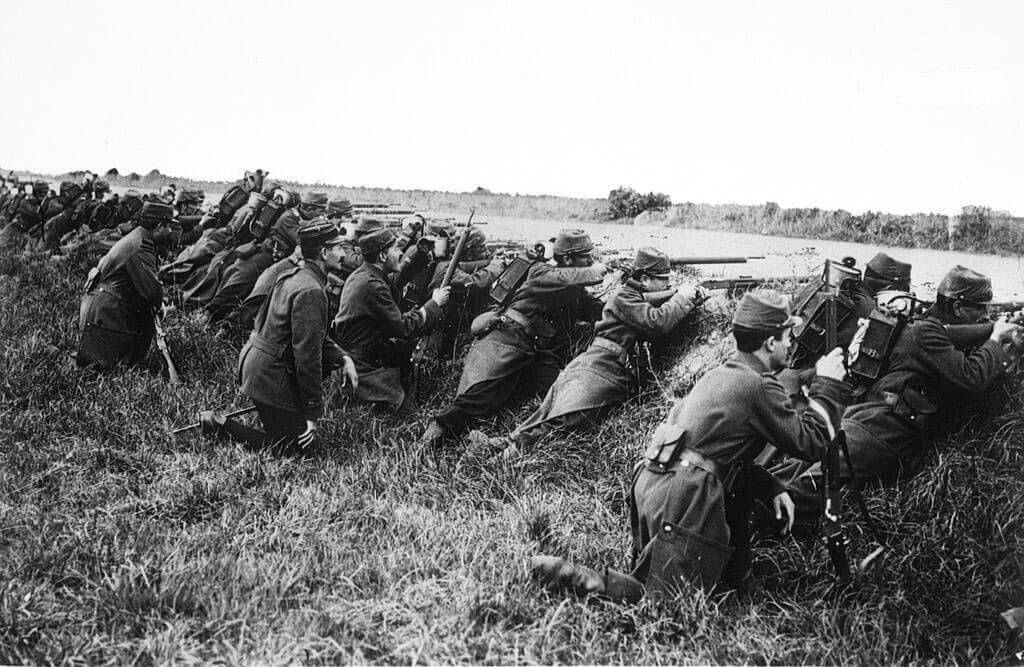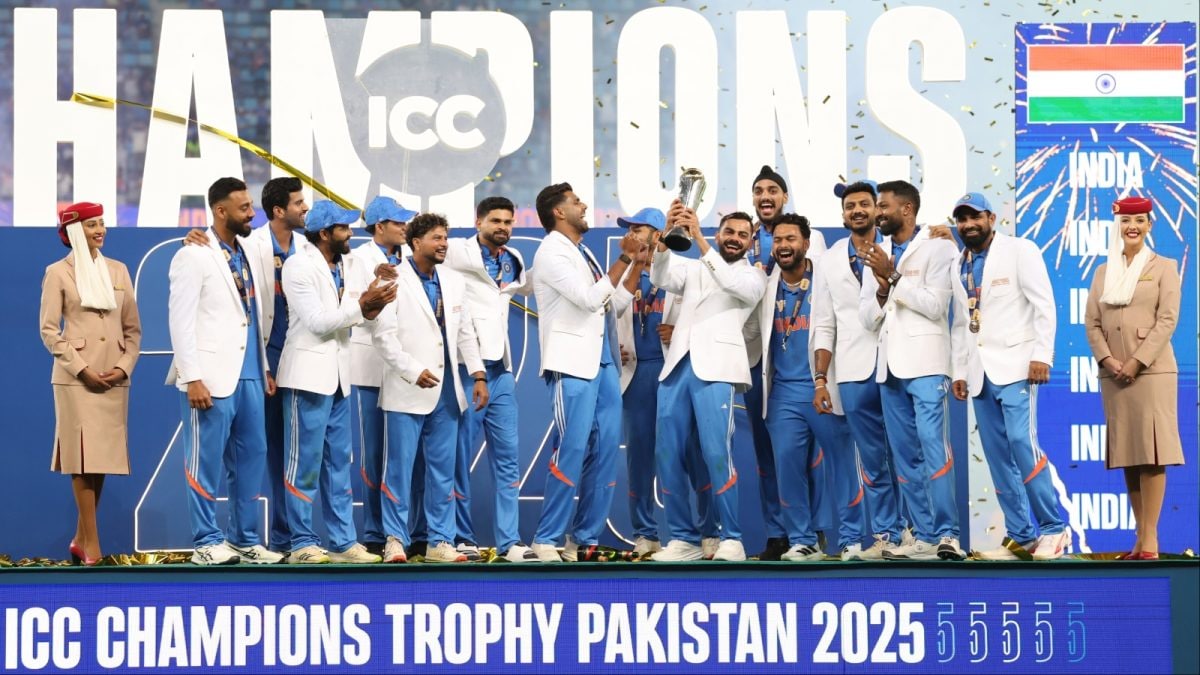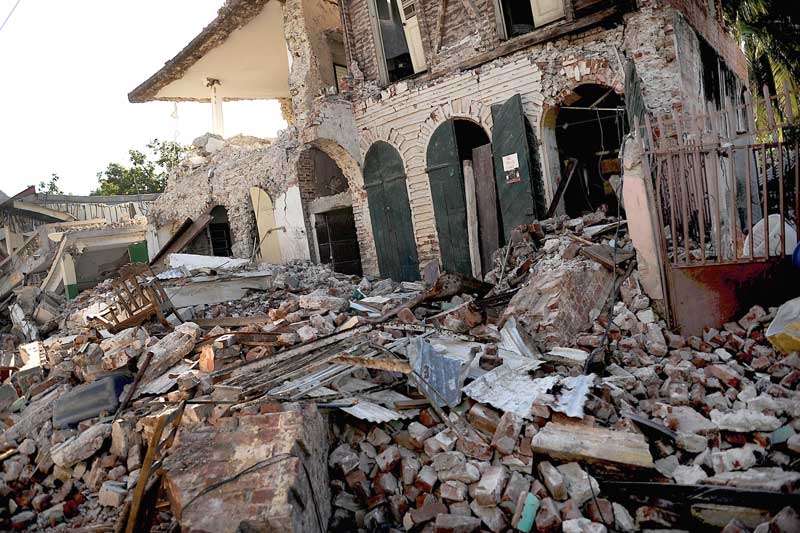On this day, 25th September: World War I - The Second Battle of Champagne (1915)

The Second Battle of Champagne, which began on September 25, 1915, was a significant World War I offensive launched by the French Army under General Joseph Joffre. It was part of a larger Allied strategy to weaken German forces along the Western Front by attacking simultaneously in multiple locations, including the Artois region by British forces.
The French offensive targeted German positions in the Champagne region, seeking a breakthrough in the trench lines. Despite early advances, the battle became another example of the stalemate that characterized much of the Western Front.
Strategic Context:
The battle was one of two major Allied offensives in the autumn of 1915, the other being the Battle of Loos, led by the British. Both offensives were intended to relieve pressure on the Eastern Front, where Russia was suffering heavy losses, and to capitalize on perceived weaknesses in German defenses.
The Second Battle of Champagne was planned meticulously by Joffre, who concentrated a massive artillery bombardment on the German trenches. The initial attacks met with some success, with the French capturing several trench systems and pushing forward in certain sectors. The Germans, however, had heavily fortified their positions, and the French advance quickly stalled.
Course of the Battle:
- The French offensive involved about 400,000 troops, and they managed to break through the first line of German defenses after a massive artillery barrage.
- However, the French forces soon encountered strong counterattacks from the Germans, who had reinforced their positions and launched their own artillery barrages.
- Over the next few weeks, the battle devolved into trench warfare, with heavy casualties on both sides. Neither side was able to achieve a decisive breakthrough.
Outcome and Aftermath:
- The Second Battle of Champagne ended in November 1915, with no significant territorial gains by the Allies.
- Casualties were staggering, with the French suffering about 145,000 losses, and the Germans losing around 72,000.
- The battle, like many others on the Western Front, highlighted the futility of trench warfare and the enormous human cost of World War I. It also underscored the difficulty of achieving a breakthrough in the face of fortified defenses, contributing to the ongoing stalemate that defined much of the war.
Despite the lack of strategic success, the Second Battle of Champagne was part of the larger effort by the Allies to wear down the Central Powers through attrition, a tactic that would continue throughout the war.





